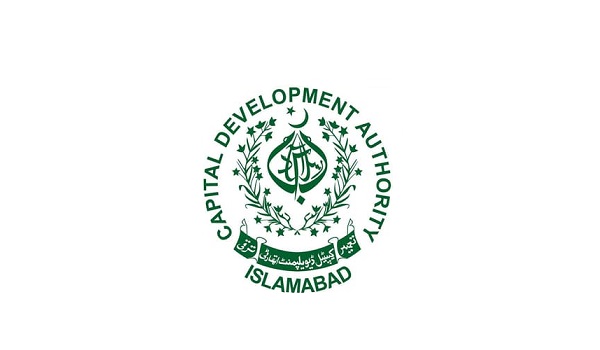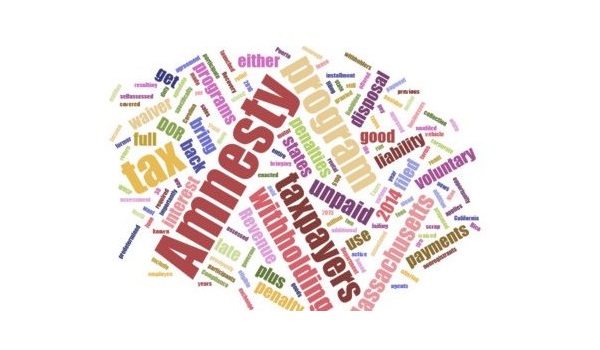Karachi: Pakistan Bureau of Statistics (PBS) shared data on increased production and price trend of steel and iron products during the last 10 years, according to news published on Wednesday (September 15). Pakistan Association of Large Steel Producers (PALSP) Secretary General Syed Wajid Bukhari linked high steel bar prices to escalating scrap prices in the world market, which increased to USD 550 per tonne from USD 300 per tonne.
Read: Govt to form steel policy for long-term financing, incentives for industry
It was reported that the production of iron and steel, with ingots/billets used in the construction industry, has exponentially increased by 196% during the last 10 years; from 1.616 million tonnes in the fiscal year 2012(FY-12) to 4.777 million tonnes in FY-21.
As per the Pakistan Bureau of Statistics (PBS), the flat steel products (H/CR sheets/strips, coils/plates) used to produce electronics swelled from 1.850 million FY12 to 3.296 million tonnes in FY21. It was mentioned that the increase in the production of steel products has resulted in higher raw material imports.
To make steel bars, the steel and iron scrap imports rose to 4.719 million tonnes in the FY21, costing USD 1.86 billion. Additionally, the steel and iron imports surged from 1.755 million tonnes amounting to USD 1.4 billion in FY12 to 2.992 million tonnes, which cost USD 1.959 billion in FY21.
According to PALSP Secretary General Syed Wajid Bukhari, the demand for steel bars was approximately 3.5 million tonnes in 2011-2012; however, the existing demand ranges between 6.5 million tonnes to 7 million tonnes. He went to say that the steel bar demand will reach nine to ten million tonnes by the year 2023-2024 due to increasing construction activities.
Read: ABAD chairman asks govt to stabilise cement and steel bars prices
As per the details, the public sector consumes 20% of total steel production while private sector consumption is 80%. Former Chairman Association of Builders and Developers (ABAD) Hassan Bakhshi asserted that steel bar demand has increased because of construction work on high-rise projects in Punjab.








